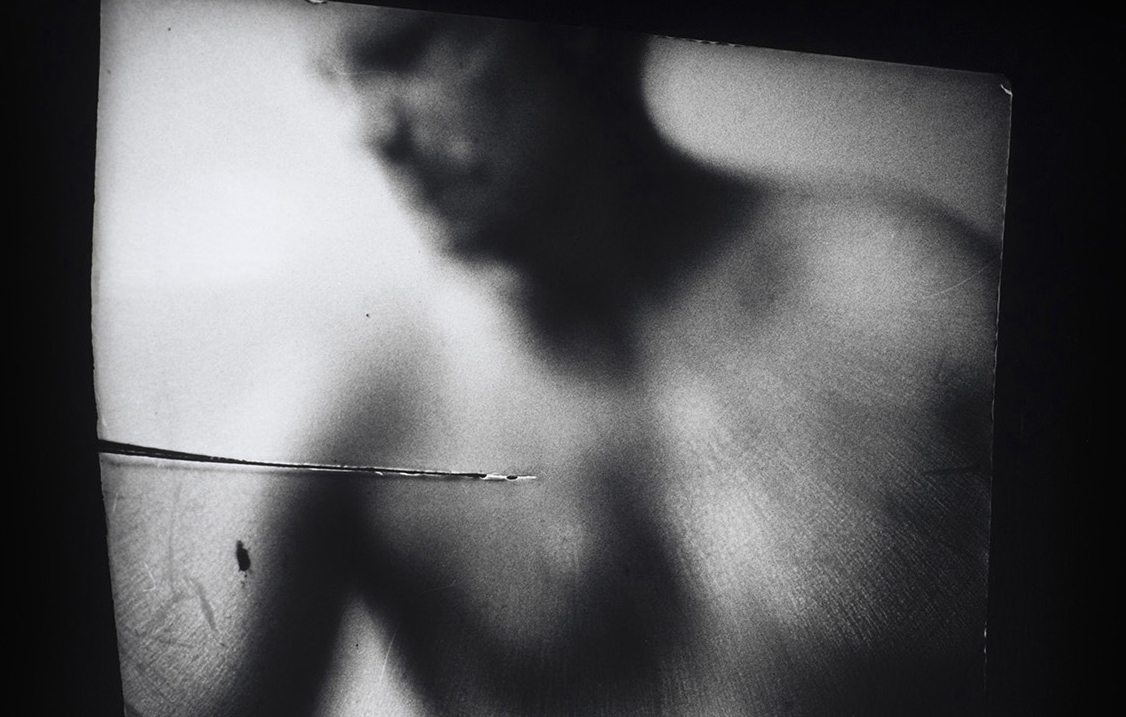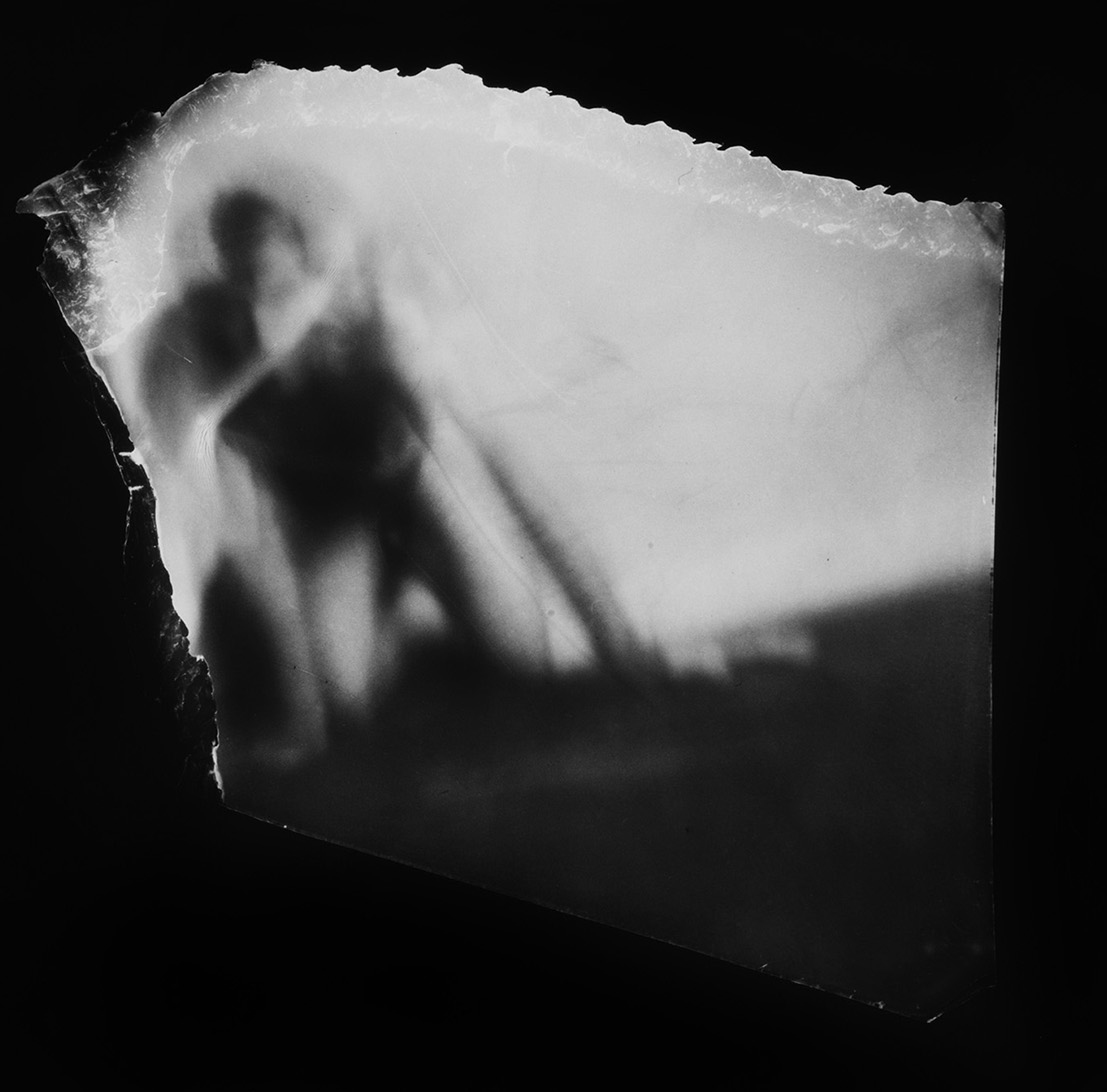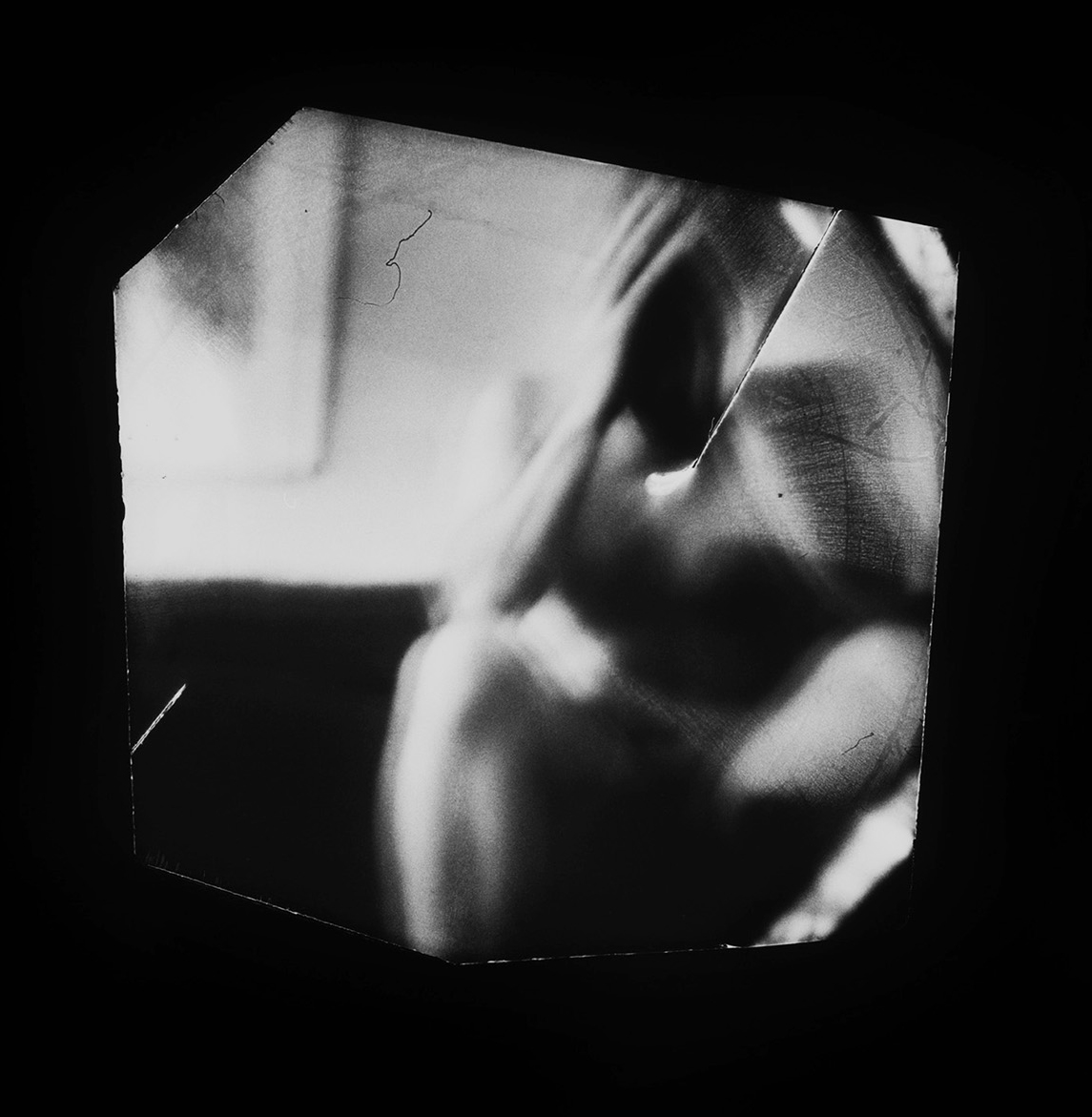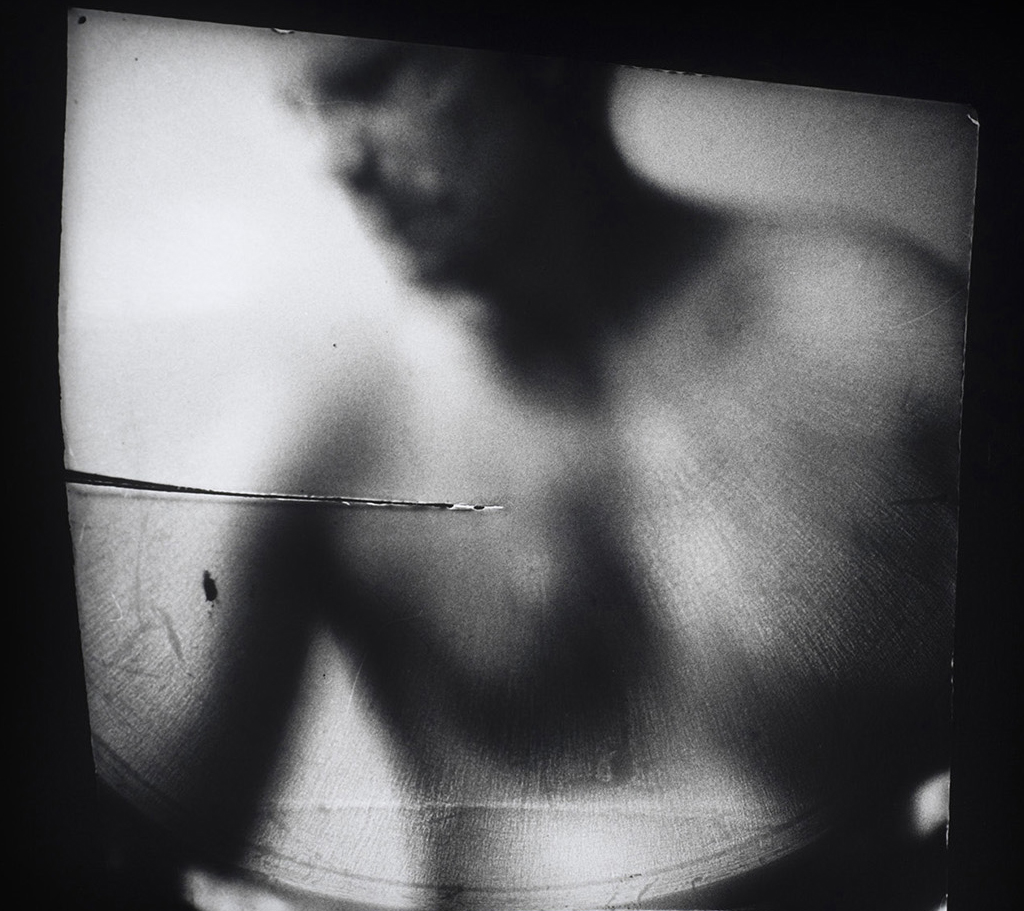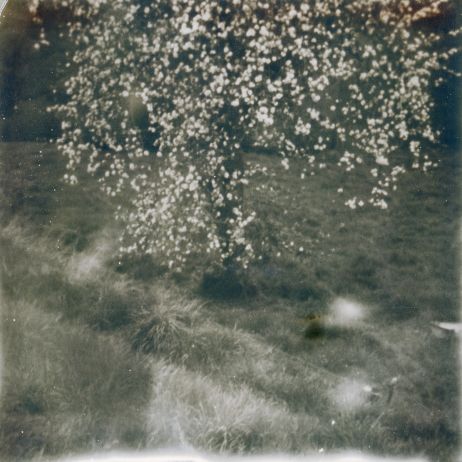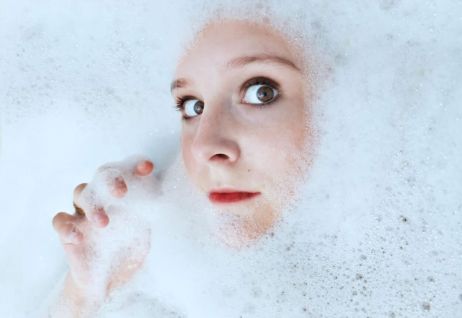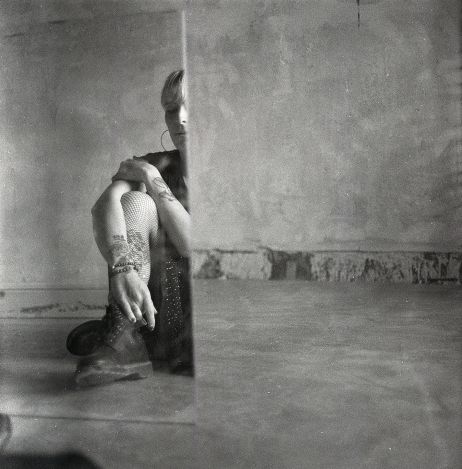In her series Extrémité, Brooklyn based photographer Danielle Lessnau performs. Her tender and enigmatic images are taken using a pinhole camera, placed inside her sex. Get to know the artist, and her unique vision of bodies, of relationships.
Fisheye : How did you realise Extrémité?
Danielle Lessnau: I created eight tiny stenoscopes from old film canisters so that I could photograph my lovers from inside my body. I wanted it to become the camera. Each image is a unique moment I shared with my partners, as we entered a space of stillness together for a few minutes.
Why did you choose to use long exposure?
Time had an integral role in impressing the uniqueness of the encounter on the film. Like it takes time for feelings to surface and fade and surface again. There was both a chaos and tenderness woven throughout the process. Photographically, a pinhole camera, with its extended exposure times felt like the perfect instrument.
How did the idea come from?
Ann Hamilton’s series Face to face, taken with a camera she made for her mouth inspired me. There were qualities of the medium that I wanted to embrace — the interplay between light and time, the fragility of the film, nostalgia… I also wanted to disrupt, our habits to see photography through sight only. I strived to bring it more towards the realm of skin and visceral sensation, to capture the gaze of my entire body in response to a moment.
You perform in Extrémité. Is performing different than photographing?
Yes. Performance adds a level of embodiment to the process, shifting my awareness to branch inside and outside simultaneously. It becomes as much an intimate experience in my body and in my partner’s. It also messes with the subject/object hierarchy of photography.
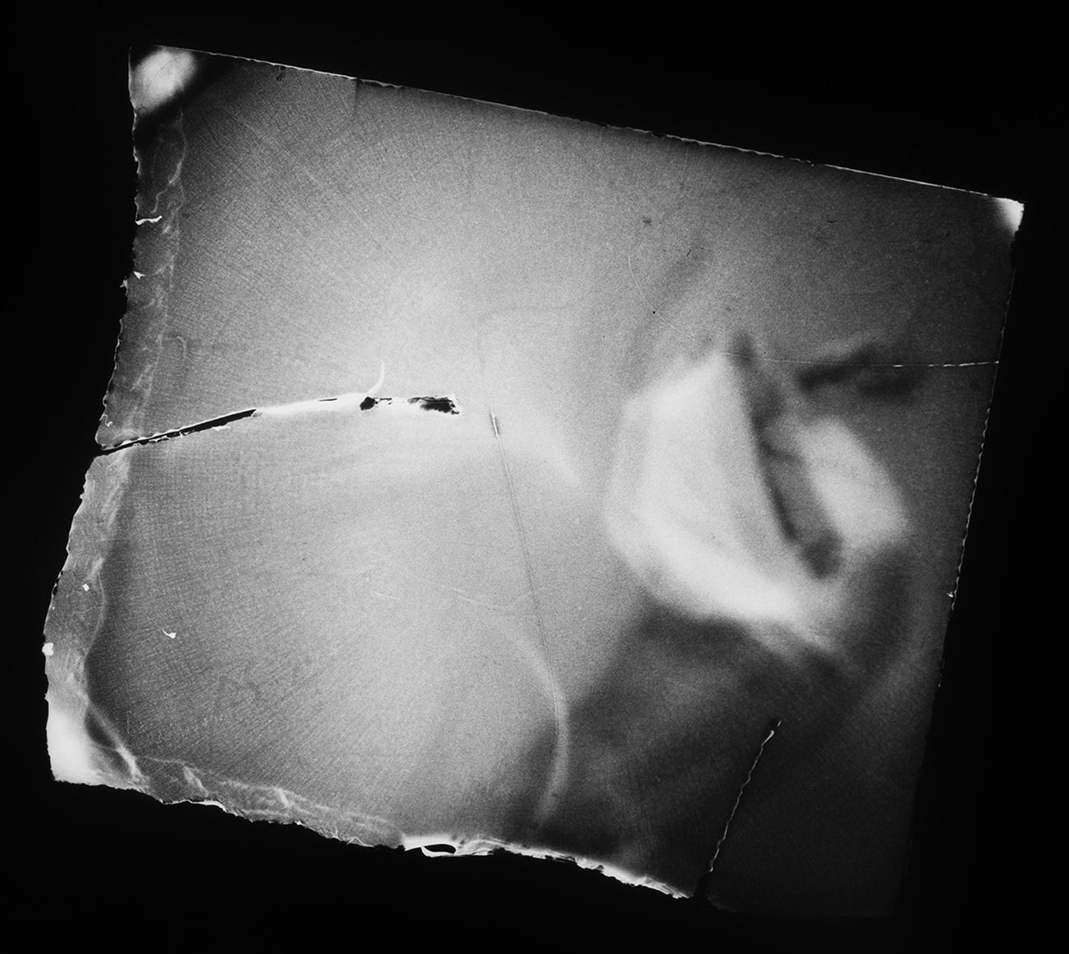
What did you want to convey in those pictures?
Obviously, it was about more than sex. I wanted to create a space – a womb – between two people, that allowed for the uncanniness of our intimate encounters to appear on the film, like a story. I wasn’t just framing my lovers, I was in the frame with them. It is an image of a space inside me, calling to mind the intimacy of a sonogram.
In your opinion do you think this series could be seen as shocking?
I would say it has the potential to be. We still carry taboos in connection with the female body and our sexes — our inability to be at ease with it being an erratic, erotic body that menstruates, orgasms, ages… certainly may cause discomfort.
Tell us about your use of the female form in your series.
I began examining a connection between strength and vulnerability. The performance became about exploring my gesture in space, how I was filling it with my presence. It was empowering. I was receptive, as was the film inside me. I was active, subjecting the image to the cycle of my breath and any slight tremors of my body. It was not a single, still gaze, but my embodied, chaotic gaze.
Would you say this series is feminist?
I would. The word itself is constantly evolving, becoming, recreating itself in response — but there are common threads of empowerment, vulnerability, eroticism, and embodied perception in both my work and this term.
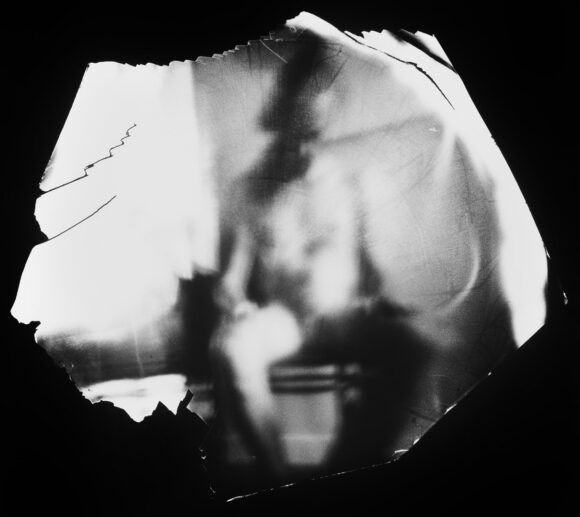
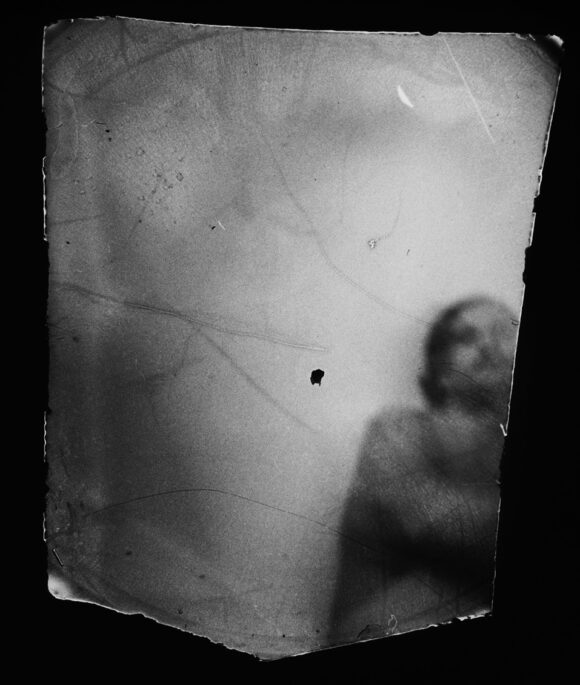
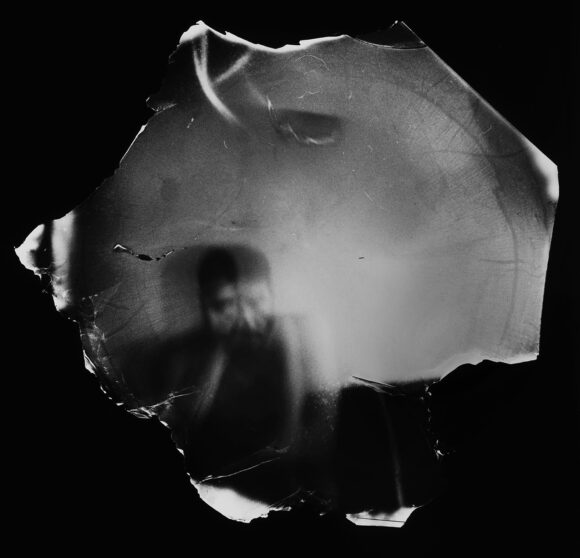
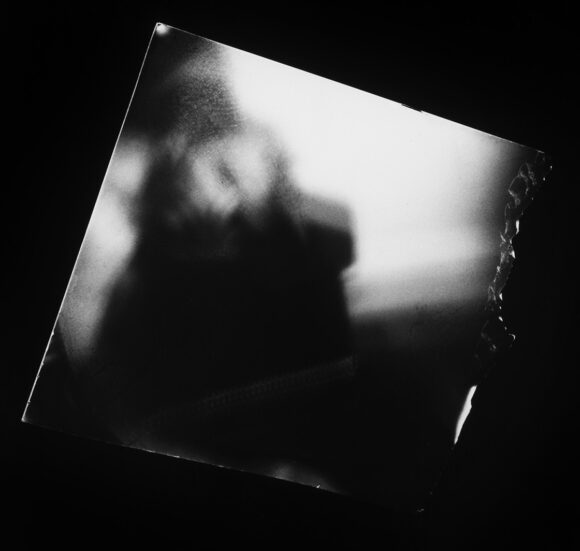
© Danielle Lessnau
